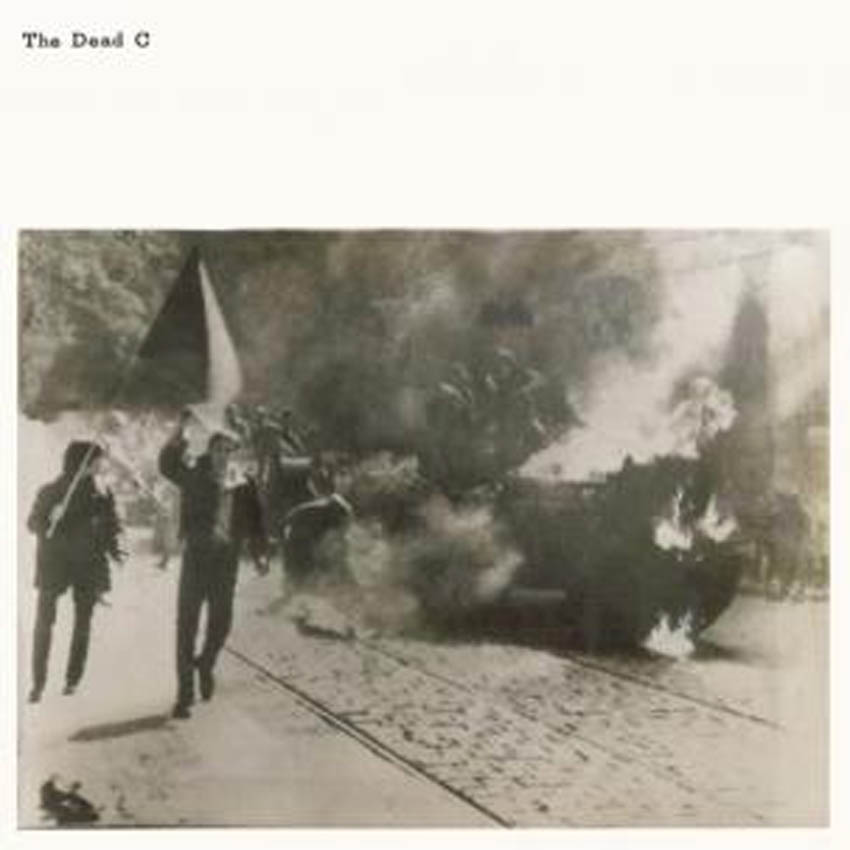 There is something endearingly heroic about The Dead C, as they have been gleefully blurring the lines between inspired deconstructionist rock and messy, half-assed indulgence to widespread indifference for almost three decades.  Unsurprisingly, this latest release finds them obstinately splashing about in the same ambiguously muddied waters as ever.  I suspect these two fairly challenging long-form pieces are unlikely to win the trio any new fans, but they are absolutely certain to please the already indoctrinated, as they rank among the group's finest.
There is something endearingly heroic about The Dead C, as they have been gleefully blurring the lines between inspired deconstructionist rock and messy, half-assed indulgence to widespread indifference for almost three decades.  Unsurprisingly, this latest release finds them obstinately splashing about in the same ambiguously muddied waters as ever.  I suspect these two fairly challenging long-form pieces are unlikely to win the trio any new fans, but they are absolutely certain to please the already indoctrinated, as they rank among the group's finest.
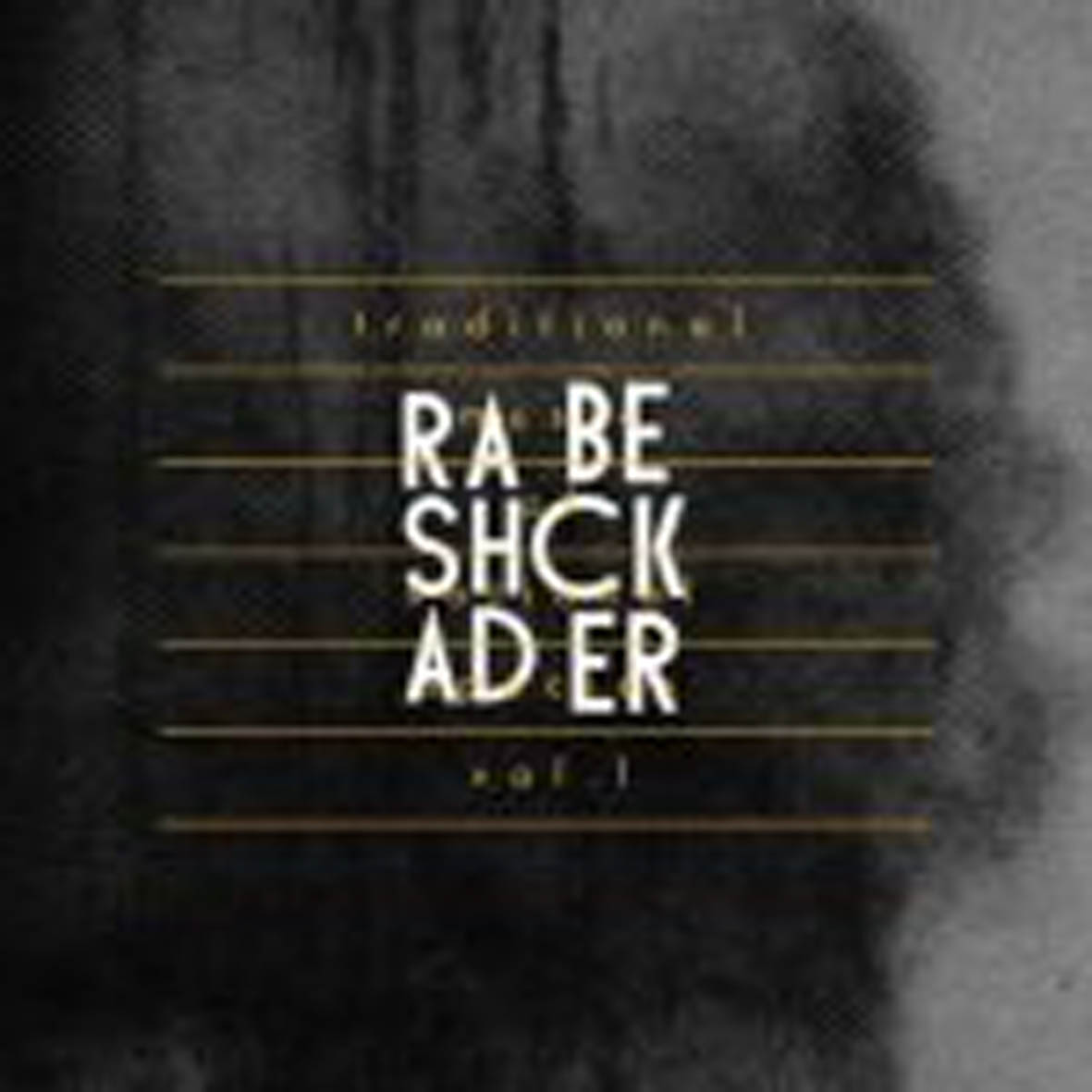 Rashad Becker is a fairly revered and influential figure in experimental music circles due to his role as the resident mastering genius at Basic Channel's Dubplates studio.  That association is a bit deceptive here, as anyone expecting anything resembling dance music will be spectacularly wrong-footed by his debut release. Becker has taken abstract experimentalism into some very exotic, disorienting, and gloriously wrong territory.  I do not think I will hear a stronger or more unique noise (or utterly uncategorizable) release this year.
Rashad Becker is a fairly revered and influential figure in experimental music circles due to his role as the resident mastering genius at Basic Channel's Dubplates studio.  That association is a bit deceptive here, as anyone expecting anything resembling dance music will be spectacularly wrong-footed by his debut release. Becker has taken abstract experimentalism into some very exotic, disorienting, and gloriously wrong territory.  I do not think I will hear a stronger or more unique noise (or utterly uncategorizable) release this year.
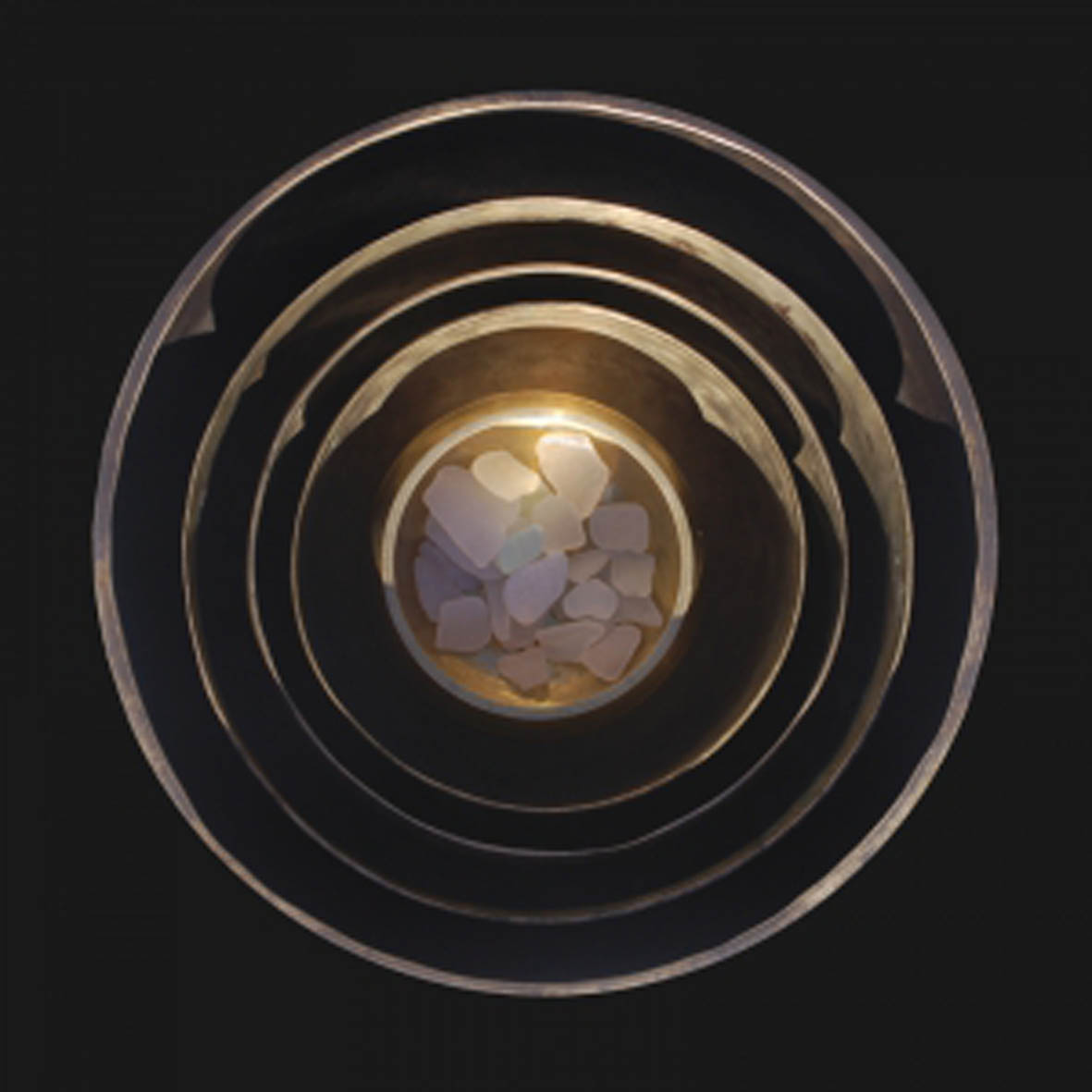 Pitre's latest offering is a fine companion piece to last year's stellar Feel Free, achieving a similar outcome through composition rather than computerized randomization.  Built upon Duane's now-characteristic pointillist plucking, shifting drone swells, and Oliver Barrett's swooping and sliding cello moans, Bridges delivers yet another swaying, languorous reverie that I could happily listen to in an endless loop.  It may not quite scale the heights of its predecessor, but that is more of a commentary on Feel Free's brilliance than it is upon Bridges' shortcomings.  In fact, in many ways, Bridges displays an impressive evolution.
Pitre's latest offering is a fine companion piece to last year's stellar Feel Free, achieving a similar outcome through composition rather than computerized randomization.  Built upon Duane's now-characteristic pointillist plucking, shifting drone swells, and Oliver Barrett's swooping and sliding cello moans, Bridges delivers yet another swaying, languorous reverie that I could happily listen to in an endless loop.  It may not quite scale the heights of its predecessor, but that is more of a commentary on Feel Free's brilliance than it is upon Bridges' shortcomings.  In fact, in many ways, Bridges displays an impressive evolution.
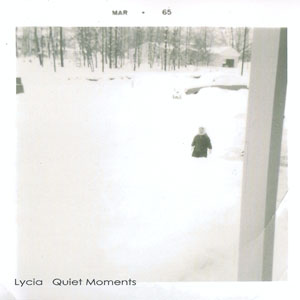 With the constant resurgence of various genres co-opted by younger generations, many an inactive artist has returned to the fold to capitalize on their previous notoriety. The synth pop trend of a few years back has unsurprisingly brought with it the revival industrial and goth scenes (and all of their various permutations), much as it did three decades ago. However, the reappearance of Mike VanPortfleet’s Lycia has little to do with this, and more to do with pure synchronicity: Quiet Moments is made up of material recorded over the past seven years. As such, it manages to fit in nicely with their earlier work while still sounding like new roads being taken, and also appearing at the right time to capture some much deserved attention.
With the constant resurgence of various genres co-opted by younger generations, many an inactive artist has returned to the fold to capitalize on their previous notoriety. The synth pop trend of a few years back has unsurprisingly brought with it the revival industrial and goth scenes (and all of their various permutations), much as it did three decades ago. However, the reappearance of Mike VanPortfleet’s Lycia has little to do with this, and more to do with pure synchronicity: Quiet Moments is made up of material recorded over the past seven years. As such, it manages to fit in nicely with their earlier work while still sounding like new roads being taken, and also appearing at the right time to capture some much deserved attention.
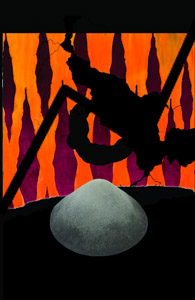 The first side of this cassette leads off in a realm closer to noise than anything of a more musical approach: thin, flaky distortion obscures deep, bellowing tones that are not necessarily dissonant, but not inviting either. Through this a churning, distorted rhythmic passage sneaks to the surface, bringing with it a bit of melody, albeit barely perceptible amidst the abstraction that surrounds it.
The first side of this cassette leads off in a realm closer to noise than anything of a more musical approach: thin, flaky distortion obscures deep, bellowing tones that are not necessarily dissonant, but not inviting either. Through this a churning, distorted rhythmic passage sneaks to the surface, bringing with it a bit of melody, albeit barely perceptible amidst the abstraction that surrounds it.
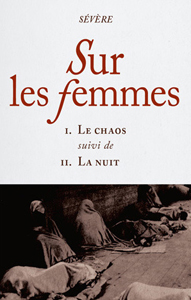 As half of avant metal duo Menace Ruine, S. (or whatever permutation of that initial he uses) does not like to be confined to that style, and his S/V\R side project does the same thing with harsh noise and industrial rhythms. At times grating and abrasive, and other times structured and pensive, this tape nicely covers those two extremes while still sounding like a unified whole.
As half of avant metal duo Menace Ruine, S. (or whatever permutation of that initial he uses) does not like to be confined to that style, and his S/V\R side project does the same thing with harsh noise and industrial rhythms. At times grating and abrasive, and other times structured and pensive, this tape nicely covers those two extremes while still sounding like a unified whole.
 Rephlex is almost definitely behind EDM (Electric Dance Music) A2 and B2, but they’re not owning up to it. Neither disc sports a label, neither comes with liner notes, and except for a few Jodey Kendrick aliases, most of the 13 featured artists are unrecognizable. Alain Kepler, Rob Kidley, and Trevor Dags could be anyone, but with electronic music as hyperactive and acid washed as this, the first anyone that comes to mind is Richard D. James.
Rephlex is almost definitely behind EDM (Electric Dance Music) A2 and B2, but they’re not owning up to it. Neither disc sports a label, neither comes with liner notes, and except for a few Jodey Kendrick aliases, most of the 13 featured artists are unrecognizable. Alain Kepler, Rob Kidley, and Trevor Dags could be anyone, but with electronic music as hyperactive and acid washed as this, the first anyone that comes to mind is Richard D. James.
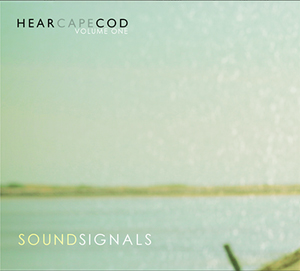 This project takes a different approach to field recordings in that it does not strive to capture a phenomenon that most will never experience, nor does it rely on something overly conceptual. Instead, it essentially acts as an audio postcard of the Cape Cod region, both the natural surroundings as well as the people and places. These recordings then form the foundation for artists such as Loscil and FourColor, amongst others, to create their own compositions from, which makes for a very impressive compilation.
This project takes a different approach to field recordings in that it does not strive to capture a phenomenon that most will never experience, nor does it rely on something overly conceptual. Instead, it essentially acts as an audio postcard of the Cape Cod region, both the natural surroundings as well as the people and places. These recordings then form the foundation for artists such as Loscil and FourColor, amongst others, to create their own compositions from, which makes for a very impressive compilation.
 Cortini is best known as a member of Nine Inch Nails and How to Destroy Angels, but his work with Trent Reznor is quite a bit different from this opening salvo of a planned trilogy of releases using a Buchla Music Easel as his sole instrument.  Given my justified weariness of the recent vintage synthesizer revival, it is hard to say whether I will stick with Alessandro for the entire project, yet I have to admit that his work in this field is much better than most.  In fact, the opening and closing pieces of this double album are great enough to transcend any of the limitations that I erroneously felt this genre had.
Cortini is best known as a member of Nine Inch Nails and How to Destroy Angels, but his work with Trent Reznor is quite a bit different from this opening salvo of a planned trilogy of releases using a Buchla Music Easel as his sole instrument.  Given my justified weariness of the recent vintage synthesizer revival, it is hard to say whether I will stick with Alessandro for the entire project, yet I have to admit that his work in this field is much better than most.  In fact, the opening and closing pieces of this double album are great enough to transcend any of the limitations that I erroneously felt this genre had.
 A distinctly different release than his last, El Tren Fantasma, this album not only acts as part of an overall larger project (a collaboration with faculty at Durham University), but also focuses on nature, rather than that disc’s use of man made transportation. Not just nature, but an attempt to capture the essence of of Lindisfarne Island as it would have sounded to St. Cuthbert in 700 AD. The result is an album that is a bit less compositionally oriented than El Tren Fantasma, but one that does an impeccable job at capturing a feel and an environment via audio.
A distinctly different release than his last, El Tren Fantasma, this album not only acts as part of an overall larger project (a collaboration with faculty at Durham University), but also focuses on nature, rather than that disc’s use of man made transportation. Not just nature, but an attempt to capture the essence of of Lindisfarne Island as it would have sounded to St. Cuthbert in 700 AD. The result is an album that is a bit less compositionally oriented than El Tren Fantasma, but one that does an impeccable job at capturing a feel and an environment via audio.



